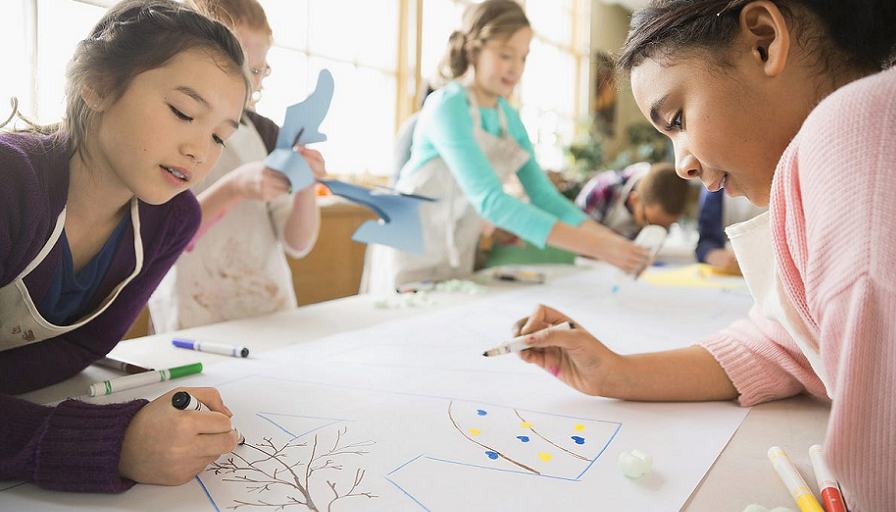
Throughout the ages, cultures around the world have sustained various ways to pass down valuable lessons and wisdom across generations. These lessons often form the backbone of societal norms, values, and traditions, helping younger generations navigate their world with insights gleaned from those who came before them. From storytelling and folklore to the more personal journey of exploring one’s genealogy, the past remains intricately connected to the present.
Contents
The Art of Storytelling
From ancient times, storytelling has been a principal method by which knowledge is shared. Every culture has its own rich tradition of stories, which often serve the dual purpose of entertainment and education. Around the world, these tales have taught moral lessons, explained natural phenomena, and preserved historical events. For instance, Native American tribes often used storytelling to instill societal values and relay the spiritual beliefs of their people.
Storytellers, often regarded with great respect, played a crucial societal role. Their ability to weave intricate narratives captivated listeners while ensuring that cultural values remained intact through generations. In many societies, the retelling of these stories happens during festivals, gatherings, or around the comforting glow of a campfire. Even today, family stories shared during gatherings help us to understand our place in the larger family narrative.
The Role of Folklore and Myths
Similar to storytelling, folklore and myths serve a significant cultural purpose. Folklore connects people to ancestral wisdom and gives a sense of cultural identity. Every culture is rich with myths that explore universal themes of creation, life, and death, and contribute to a shared understanding of the world.
These stories, though sometimes fantastical, have their roots in an attempt to explain the unexplainable. For example, the ancient Greeks had myths that explored a vast array of human experiences and natural phenomena. While many contemporary readers might dismiss these as mere fantasy, they have inspired countless works of literature and art, indirectly teaching values and philosophical ideas that are still relevant.
Cultural Practices and Rituals
Beyond stories, cultural practices and rituals play a vital role in passing down generational wisdom. Through rituals like weddings, funerals, and coming-of-age ceremonies, individuals experience cultural rites that reinforce community values and beliefs. These practices often symbolize life’s milestones and offer frameworks for living.
For instance, in Japan, the coming-of-age ceremony, or “Seijin Shiki,” marks the official transition into adulthood. Such rituals help individuals within a culture to feel connected to their heritage, providing not just a sense of belonging but also a blueprint for personal growth.
The Intergenerational Transfer of Skills
Passing down skills plays an essential role in cultural inheritance. In many cultures, skills such as farming techniques, crafts, or culinary traditions, are taught by elders to younger members of the community. These skills are not only practical but are also intertwined with cultural identity and pride.
Apprenticeships in trades like tailoring or blacksmithing ensured that essential skills were not lost over time. This transfer of knowledge helped to build strong community ties, as younger generations respected the hands-on expertise gifted to them by their predecessors. In many families, family recipes, for instance, are closely guarded secrets passed down as part of a proud legacy.
Genealogy: Exploring Family History
Exploring family ancestry through genealogy has become an introspective journey for many individuals seeking to connect with their roots. With advances in technology and the availability of historical documents online, genealogy has become more accessible, allowing people to trace their lineage back generations.
Genealogy not only provides a sense of identity but also uncovers stories of resilience, migration, or adventure, providing individuals with a broader sense of personal history. In delving into their family trees, people often rediscover forgotten family members and unearth enlightening stories, providing context and continuity to their personal and cultural identities.
The Value of Proverbs and Sayings
Often succinct but profound, proverbs and sayings are one of the most enduring forms of generational wisdom. These short phrases, repeated over time, encapsulate lessons learned by generations past. A proverb like “A stitch in time saves nine,” teaches practicality and foresight, a consistent message applicable even in modern contexts.
Every culture boasts its own proverbs, each reflecting its unique worldviews and values. In this way, these simple sayings act as bridges to the past, offering us guidance with their distilled wisdom and ensuring that vital insights are not lost amidst the noise of modern life.
Bridging the Generational Gap
As society evolves, the ways in which we share and receive wisdom have also transformed. Today, technological advancements offer innovative means to bridge the generational gap. Social media, podcasts, and digital storytelling platforms enable older generations to share their knowledge and experiences with a broader audience, fostering intergenerational connections that were once confined to family gatherings.
Virtual spaces have created communities where cultural narratives and personal stories are exchanged widely, allowing younger generations to engage with their heritage in new and meaningful ways. For instance, online groups and forums dedicated to sharing cultural recipes or discussing traditional crafts provide a virtual continuation of these age-old practices.
Modern Lessons from Our Ancestors
In our rapidly changing world, the lessons passed down through generations continue to hold significant value. Cultural wisdom helps us navigate not only the complexities of life but also provides a compass in uncertain times. Whether it’s the enduring patience depicted in a cultural dance or the generational advice shared during family reunions, these lessons remain relevant.
As we add new layers to our cultural narratives, these age-old lessons remind us of our roots while guiding us as we chart our future. Embracing this intergenerational wisdom keeps us connected to our past and encourages us to pass our own insights down to future generations.

